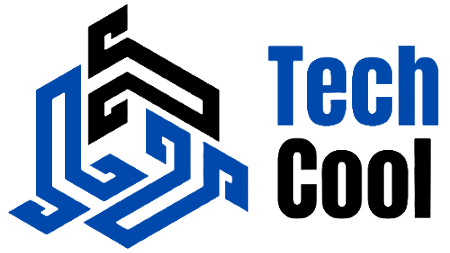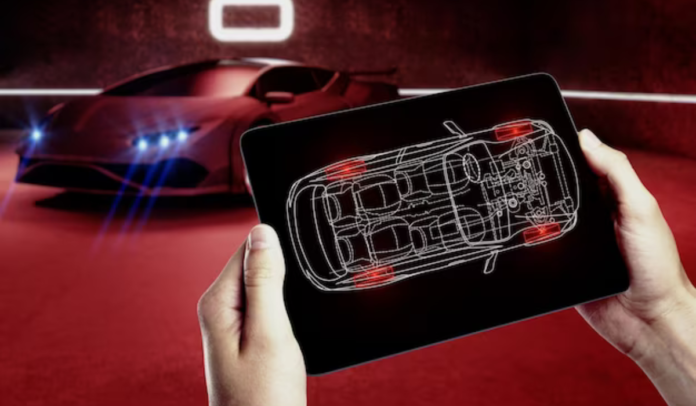Augmented reality (AR) has emerged as a disruptive technology with vast potential to revolutionize various industries, including automotive design and maintenance. In this comprehensive guide, we explore the latest advancements and applications of AR in automotive design, manufacturing, training, and maintenance, and its transformative impact on the industry.
1. Introduction to Augmented Reality in Automotive Industry
Augmented reality (AR) overlays digital information onto the real world, enhancing the user’s perception and interaction with their environment. In the automotive industry, AR technology is reshaping the way vehicles are designed, manufactured, maintained, and serviced. By integrating virtual elements into the physical world, AR enables automotive professionals to visualize and manipulate complex data, streamline workflows, and improve efficiency and accuracy throughout the vehicle lifecycle.
2. AR in Automotive Design and Prototyping
Augmented reality is revolutionizing the automotive design process by enabling designers and engineers to visualize and manipulate virtual vehicle models in real-time. AR design tools allow designers to explore different design concepts, evaluate ergonomics, and simulate vehicle performance before physical prototypes are built. By overlaying digital renderings onto physical spaces, AR facilitates collaborative design reviews, accelerates decision-making, and reduces time-to-market for new vehicle models.
3. Virtual Showrooms and Interactive Configurators
AR technology is transforming the car buying experience by bringing virtual showrooms and interactive configurators to consumers’ fingertips. With AR-enabled mobile apps and devices, prospective buyers can visualize and customize their dream cars in immersive 3D environments, exploring various options for colors, trims, and features. Virtual showrooms allow customers to experience different vehicle models and configurations from the comfort of their homes, providing a convenient and engaging way to research and purchase vehicles.
4. AR-assisted Manufacturing and Assembly
In automotive manufacturing, AR technology is revolutionizing assembly processes and improving efficiency and quality control on the factory floor. AR-enabled smart glasses and wearable devices provide assembly line workers with real-time instructions, visual cues, and augmented overlays to guide them through complex assembly tasks. AR-assisted manufacturing reduces errors, minimizes downtime, and enhances worker productivity by providing hands-free access to relevant information and training materials.
5. Maintenance and Repair with AR-guided Diagnostics
Augmented reality is transforming automotive maintenance and repair operations by providing technicians with AR-guided diagnostics and repair instructions. AR-enabled smart glasses and mobile devices overlay digital schematics, animations, and step-by-step guides onto the physical vehicle, guiding technicians through maintenance procedures and troubleshooting tasks. AR-guided diagnostics reduce repair times, minimize errors, and improve the accuracy and consistency of repairs, ultimately enhancing customer satisfaction and loyalty.
6. Training and Skills Development
AR technology is revolutionizing training and skills development in the automotive industry by providing immersive and interactive learning experiences for technicians and service personnel. AR-based training simulations allow trainees to practice diagnostic procedures, repair techniques, and maintenance tasks in virtual environments before working on real vehicles. By providing hands-on training in a risk-free setting, AR accelerates the learning curve, improves retention, and enhances the proficiency and confidence of automotive professionals.
7. Remote Assistance and Support
AR-enabled remote assistance solutions are empowering automotive technicians to access expert guidance and support from anywhere in the world. Using AR-equipped smart glasses or mobile devices, technicians can collaborate with remote experts in real-time, sharing live video feeds, annotations, and digital overlays of diagnostic data and repair instructions. Remote assistance reduces the need for on-site visits, speeds up problem resolution, and enables faster response times for urgent repairs and maintenance tasks.
8. AR-enhanced Vehicle Maintenance Apps
Automotive manufacturers and service providers are leveraging AR technology to develop mobile apps that enhance the vehicle ownership experience for consumers. AR-enhanced maintenance apps provide drivers with personalized maintenance schedules, real-time diagnostics, and interactive tutorials for performing basic maintenance tasks, such as oil changes, tire rotations, and filter replacements. By empowering drivers with actionable insights and guidance, AR-enhanced apps promote proactive vehicle maintenance and prolong the lifespan of vehicles.
9. Safety and Quality Assurance
Augmented reality plays a critical role in ensuring safety and quality assurance in automotive design, manufacturing, and maintenance processes. AR-based quality control systems enable inspectors to detect defects, deviations, and safety hazards in real-time, improving product quality and compliance with industry standards and regulations. By providing visual feedback and inspection data in context, AR enhances the accuracy and efficiency of quality assurance procedures and reduces the risk of costly recalls and warranty claims.
10. Future Trends and Innovations
The future of augmented reality in the automotive industry holds exciting possibilities, with ongoing research and development efforts focused on enhancing AR capabilities and expanding its applications. Future trends in AR for automotive design and maintenance may include advances in holographic displays, gesture recognition, spatial mapping, and artificial intelligence integration. As AR technology continues to evolve, automotive manufacturers, service providers, and consumers can expect to see even greater integration of AR into every aspect of the vehicle lifecycle.
FAQs (Frequently Asked Questions)
Q: How does augmented reality differ from virtual reality?
A: Augmented reality (AR) overlays digital information onto the real world, enhancing the user’s perception of their environment. Virtual reality (VR), on the other hand, immerses users in entirely virtual environments, blocking out the physical world. While VR creates a fully immersive experience, AR blends digital elements with the real world, allowing users to interact with both virtual and physical objects simultaneously.
Q: Are there any privacy concerns associated with AR technology in automotive applications?
A: Privacy concerns related to AR technology in automotive applications may include the collection and storage of personal data, such as location information and vehicle usage data. Automotive manufacturers and service providers must implement robust data protection measures and transparent privacy policies to address these concerns and safeguard consumer privacy rights.
Q: How accessible is AR technology for automotive professionals and consumers?
A: AR technology for automotive applications is becoming increasingly accessible to professionals and consumers alike, with the availability of AR-enabled devices such as smart glasses, smartphones, and tablets. As AR technology continues to evolve and mature, the cost of AR hardware and software is expected to decrease, making it more accessible to a broader audience.
Conclusion
Augmented reality (AR) is poised to transform the automotive industry, revolutionizing vehicle design, manufacturing, maintenance, and customer experience. By overlaying digital information onto the physical world, AR technology enhances the way automotive professionals work, collaborate, and interact with vehicles throughout their lifecycle. From streamlining assembly processes and guiding technicians through repairs to providing immersive vehicle customization experiences for consumers, AR is unlocking new levels of efficiency, safety, and innovation in the automotive industry. As AR technology continues to advance and integrate into automotive workflows, the possibilities for enhancing vehicle design, maintenance, and ownership experiences are virtually limitless.


